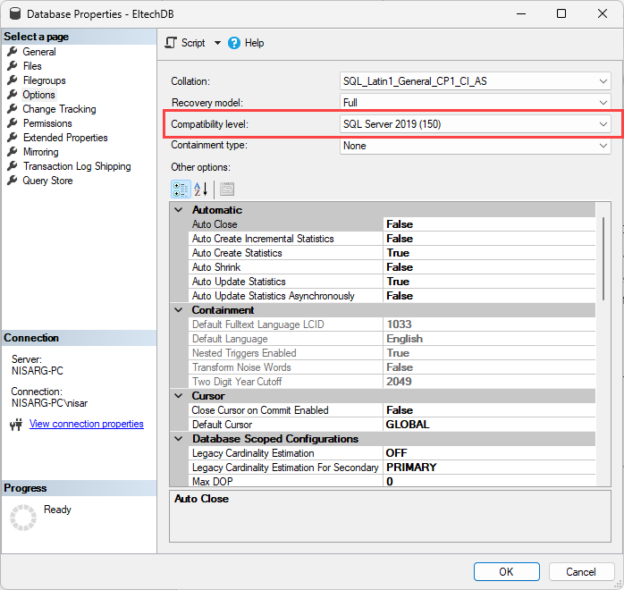Compatibility level in SQL Server refers to a database property that determines the syntax and behavior of the database, allowing it to be compatible with earlier versions of SQL Server. Each version of SQL Server introduces new features, improvements, and changes to the query optimizer, which may affect how queries are executed and how results are returned.
Read more »Nisarg Upadhyay
- Different ways to identify and change compatibility levels in SQL Server - July 22, 2024
- Copy SQL Databases between Windows 10 and CentOS using SQL Server data tools - October 19, 2022
- Changing the location of FILESTREAM data files in SQL Database - October 14, 2022
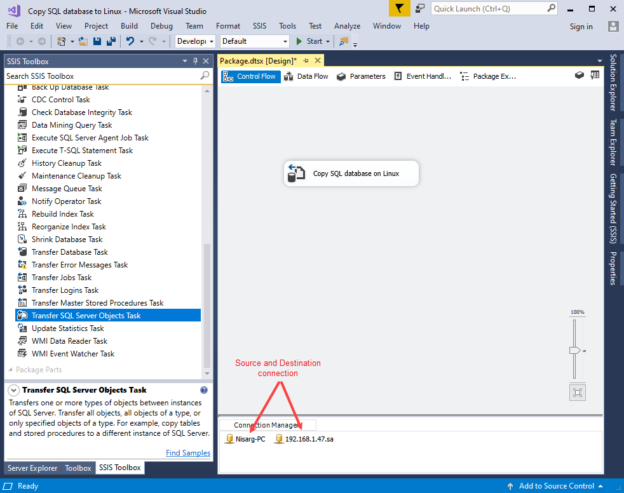
Copy SQL Databases between Windows 10 and CentOS using SQL Server data tools
October 19, 2022In this article, we are going to learn how to copy the SQL database created on different instances of the SQL Server. This article is the fourth article on Manage SQL Server on CentOS topic. In my previous article, Copy SQL Databases between Windows 10 and CentOS using the SQL Server import-export wizard, we learned how to copy data SQL database between windows 10 and CentOS Linux using the wizard.
Read more »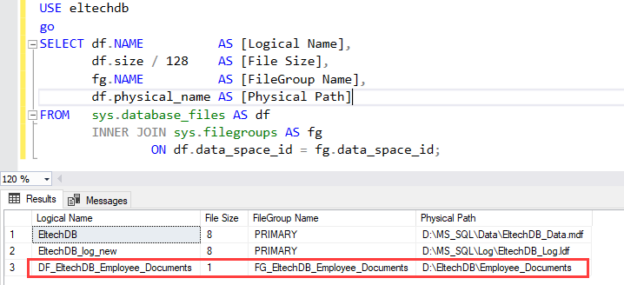
Changing the location of FILESTREAM data files in SQL Database
October 14, 2022This article explains different ways to change the location of the FILESTREAM data files. The FILESTREAM feature was introduced in SQL Server 2008 version. We can efficiently store the BLOBs in the SQL database using FILESTERAM.
Read more »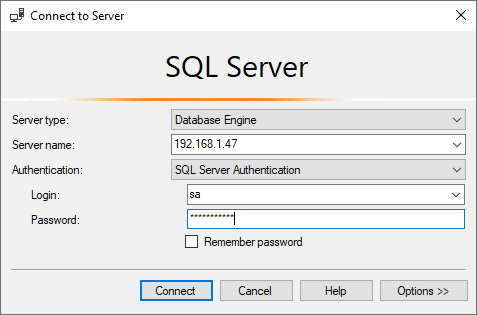
Manage SQL Databases in CentOS: Manage filegroups of user databases
October 5, 2022This article explains how to manage a data file and filegroups in an SQL database created on CentOS Linux. In my previous article, Manage filegroups of SQL Databases, we learned about the different types of filegroup and data files in SQL Server 2019 on windows and how to manage them using T-SQL queries. In this article, we will learn how to manage the filegroups in SQL Server 2019 on CentOS. I am going to cover the following topics in the article:
Read more »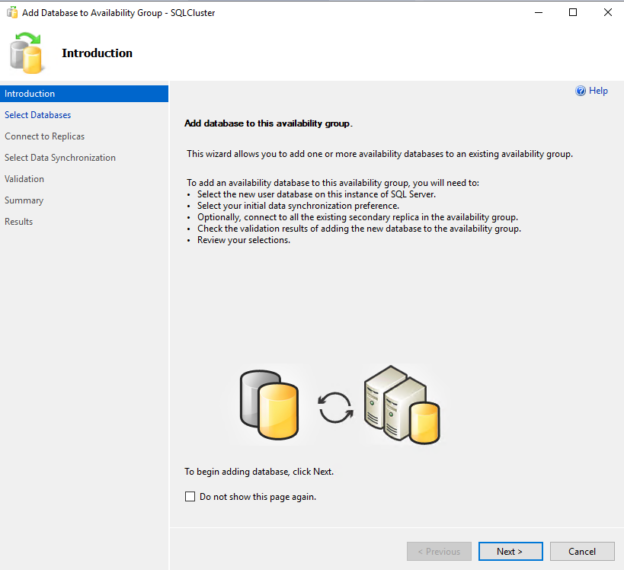
Add SQL databases in an existing availability group
September 28, 2022In this article, we will learn how to add a SQL database to an existing Alwayson availability group. Alwayson availability group is high availability and disaster recovery solution of Microsoft SQL Server. The database must meet the following prerequisites to be a part of an availability group.
Read more »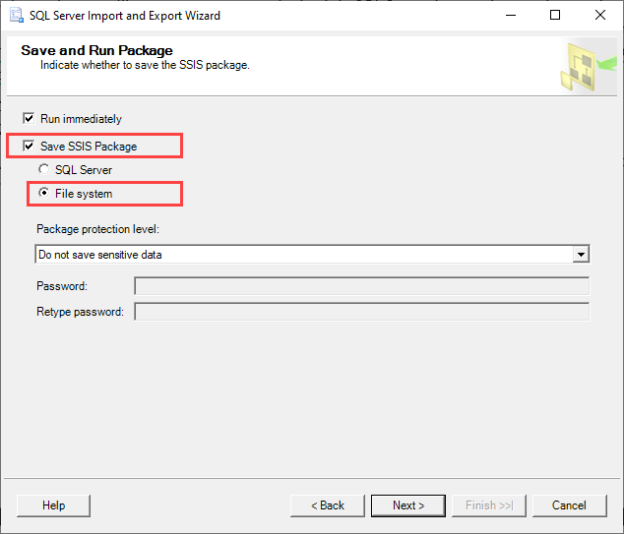
Copy SQL Databases between Windows 10 and CentOS using the SQL Server import-export wizard
September 21, 2022In this article, we will learn how we can backup and restore the SQL Database in CentOS. This article is the third article on the topic Manage SQL Server on CentOS. In my previous article, we learned how to copy data SQL database between windows 10 and CentOS Linux using SQL Server management studio.
Read more »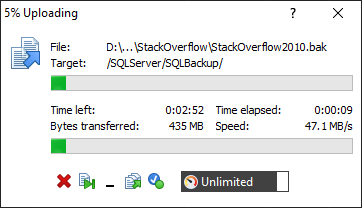
Manage SQL Databases in CentOS: Backup and Restore SQL Database
September 12, 2022In this article, we will learn how we can backup and restore the SQL Database in CentOS. This article is the second article on the topic Manage SQL Server on CentOS. In my previous article, Install SQL Server on CentOS, we learned how we could install and create a SQL Database in CentOS.
Read more »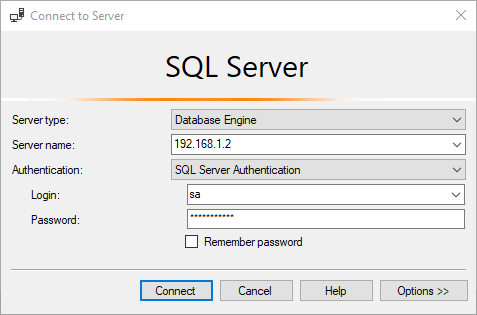
Manage SQL Databases in CentOS: Install SQL Server on CentOS
August 24, 2022In this article, we will understand how we can manage a SQL Database in CentOS 8.0. This article is the first article on the topic Manage SQL Server on CentOS.
Read more »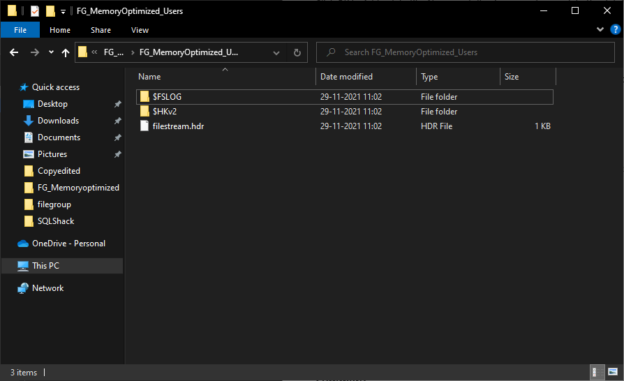
Managing memory-optimized file groups of SQL Database
August 17, 2022This article explains how to manage a memory-optimized filegroup of SQL Database. The memory-optimized filegroup contains the memory-optimized tables and table variables. I have written two articles that explain how we can migrate the disk-based tables to memory-optimized tables. Now, we will learn how to add memory-optimized filegroups in a SQL database. I will cover the following topics in the article.
Read more »
Managing file groups of SQL Databases
August 8, 2022IN this article, we are going to learn how we can manage the filegroup of SQL Database in SQL Server. The SQL Server has four filegroups.
Read more »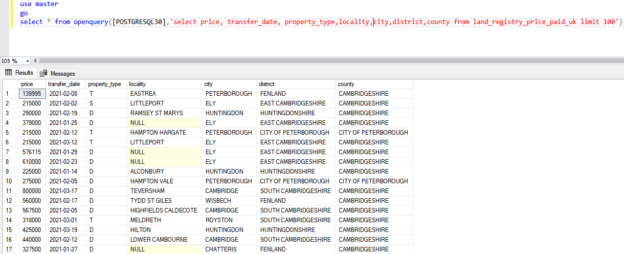
Understanding the OPENQUERY function in SQL Server
June 24, 2022In this article, we are going to learn about the OPENQUERY function. It is used to run an ad-hoc distributed query on the remote data source using the linked server. There are various ways to query the remote data source. You can read this article, Querying remote data sources in SQL Server, to learn more about querying the remote data source. It is also used to execute pass-through queries to run INSERT, UPDATE and DELETE statements on the tables of the database configured in the linked server.
Read more »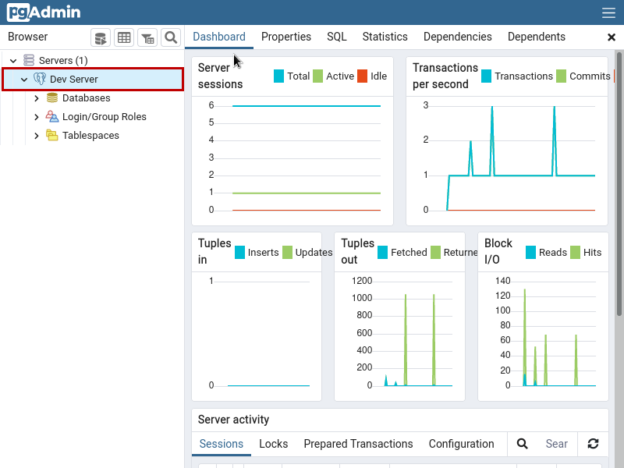
Learn PostgreSQL: Install PostgreSQL on CentOS Linux
June 21, 2022In this article, we are going to learn how we can install PostgreSQL on CentOS. Just like Ubuntu and Redgate, CentOS is a Linux distribution and is used by many organizations. I have written an article, How to install PostgreSQL on Windows that covers the step-by-step installation process of the PostgreSQL on windows 10.
Read more »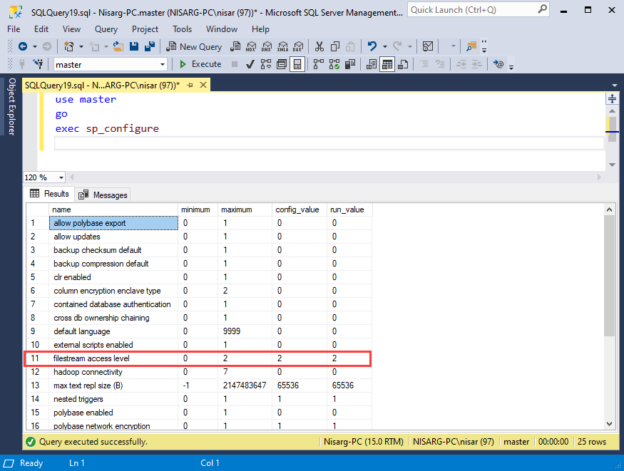
Manage FILESTREAM filegroups of SQL Databases
June 3, 2022In this article, we are going to learn how we can manage the FILSTREAM filegroup of SQL Database. I am going to cover the following topics.
Read more »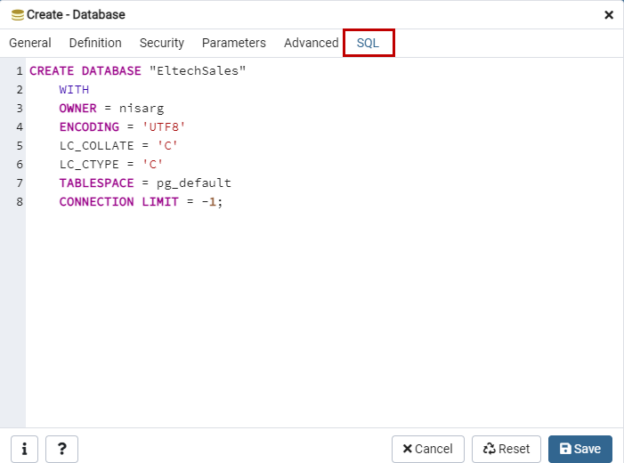
Learn PostgreSQL: Managing PostgreSQL databases
May 5, 2022In this article, we will be learning how we can manage the PostgreSQL database. I am covering the following topics.
Read more »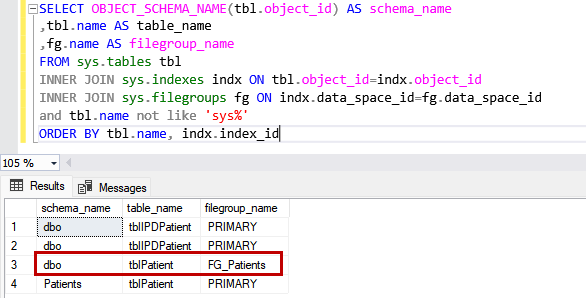
CREATE TABLE statement in SQL Server
April 29, 2022In this article, we are going to learn about the CREATE TABLE statement. This article consolidates the various scenarios. I have covered the following scenarios.
Read more »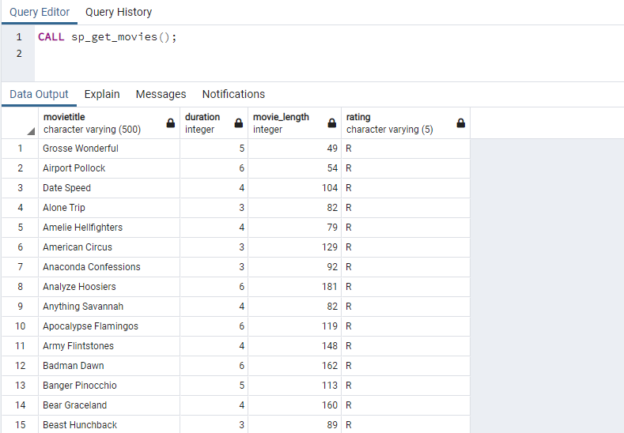
Drop temp tables in PostgreSQL
March 22, 2022In this article, we are going to learn how we can drop the temp table in PostgreSQL. The temp table is used to store data temporarily. Suppose you want to format or manipulate the data using aggregate and string functions. So instead of processing and formatting the data in the base table, it is preferred to populate data from the base table and store it in a temporary table. You can process and format the data stored in a temporary table. The syntax to create a temporary table and regular table are the same. You can add indexes, constraints, statistics to the temporary tables. In this article, we are going to learn the following topics:
Read more »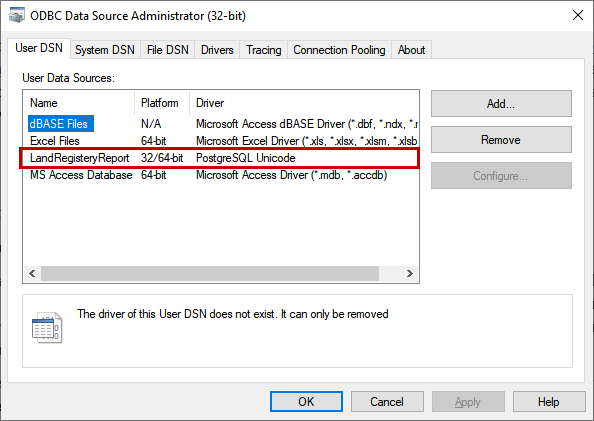
Create SSRS reports for PostgreSQL using SSDT 2017
March 7, 2022In this article, we are going to learn how we can create an SSRS report to populate the data from PostgreSQL 13 using SSDT 2017.
Read more »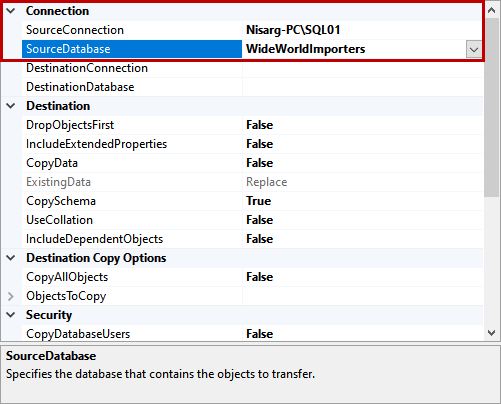
Understanding Transfer database objects in SSDT 2017
March 2, 2022In this article, we are going to learn how we can copy database objects between two databases of different instances of SQL Server. Sometimes, we receive the request to provide the specific database object to another database. To fulfill this requirement, instead of using Generating the T-SQL script for each object and export data using import-export task, we can use the Transfer SQL Server Object task of SSDT 2017. In this article, we will understand how we can transfer the database objects of a specific schema to another database.
Read more »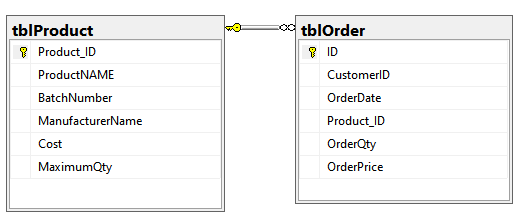
Migrate tables with a foreign key to memory-optimized tables of SQL database
February 23, 2022In this article, we are going to learn how we can migrate the tables with a foreign key to memory-optimized tables of the SQL database.
Read more »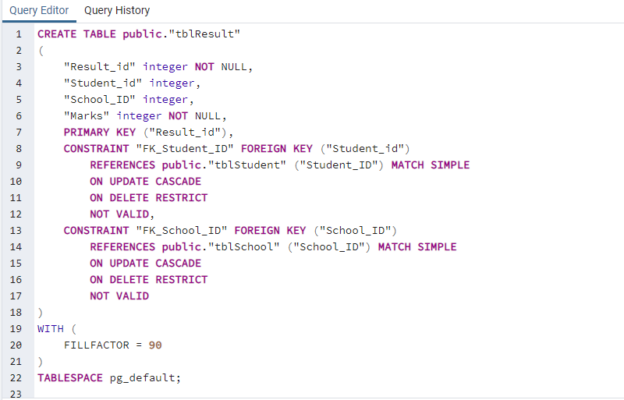
Learn PostgreSQL: How to create a table in PostgreSQL
February 8, 2022In this article, we will learn how to create a table in PostgreSQL. I am going to explain the following topics:
Read more »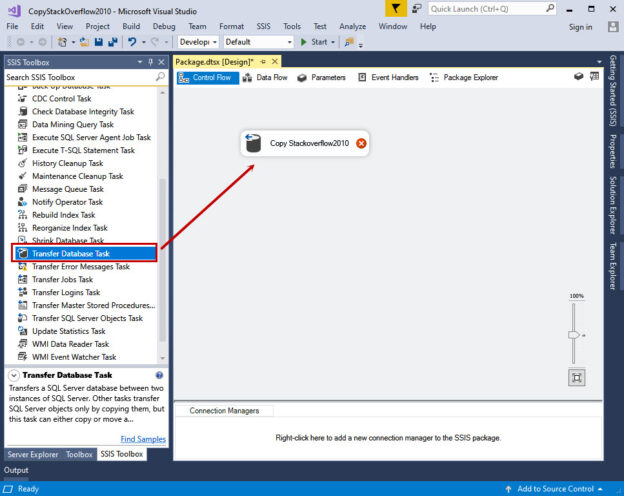
Configure Transfer Database Task in SSDT 2017
January 27, 2022This article explains the transfer database task in SSDT 2017. After reading this article, you will be able to transfer the databases between the same server or different servers.
Read more »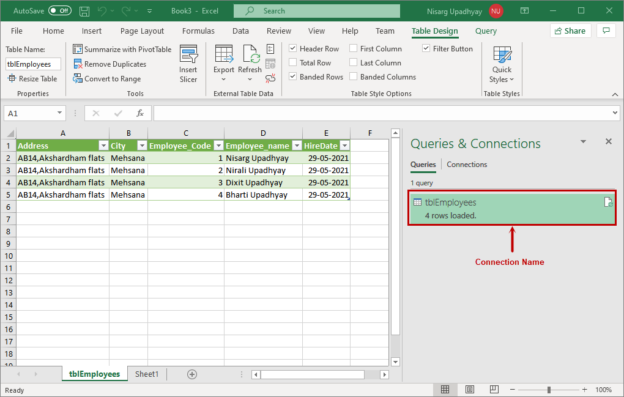
Configure ODBC drivers for Azure Database for PostgreSQL
January 24, 2022This article helps you learn how to configure an ODBC driver to connect the Azure Database for PostgreSQL. In my previous article, Configure ODBC drivers for PostgreSQL, you learned the step-by-step process to download, install and configure the ODBC driver for PostgreSQL. We also learned the process of creating a DSN used to connect PostgreSQL and populate data from it.
Read more »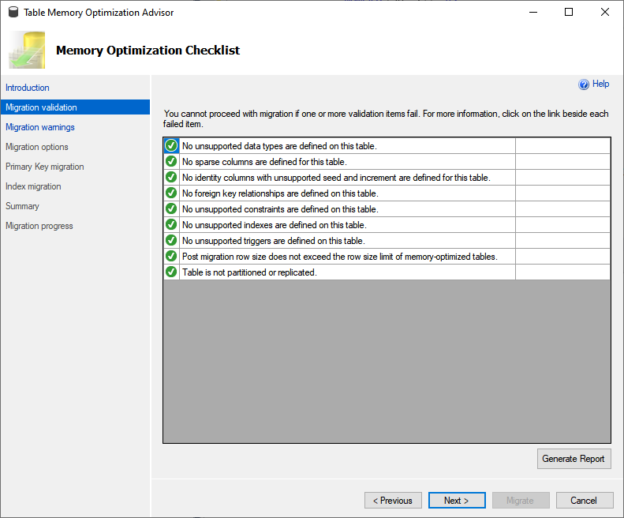
Migrating disk-based tables to memory-optimized tables of a SQL database
January 6, 2022In this series of articles, we will learn how to convert the disk-based table to an in-memory table of SQL Database.
Read more »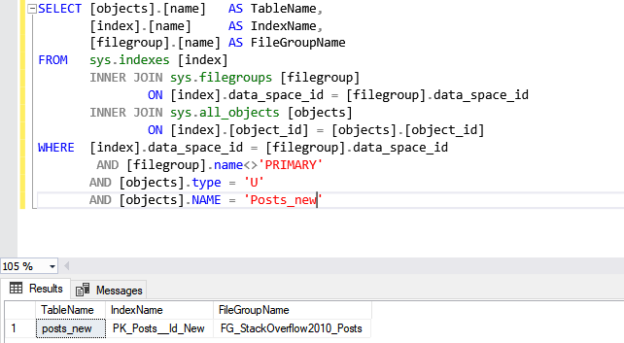
How to move tables to another filegroup of a SQL database
December 14, 2021This article explains the different methods to move tables between different filegroup of SQL databases.
Read more »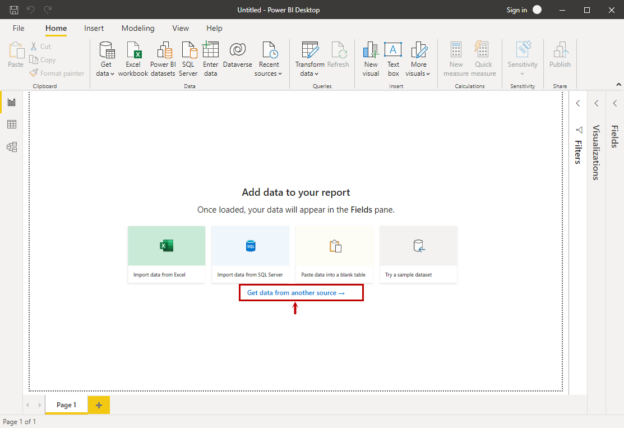
Configure ODBC Drivers for Oracle 19c
December 9, 2021This article explains the process to configure the ODBC driver for oracle 19c. I am covering the following topics:
Read more »